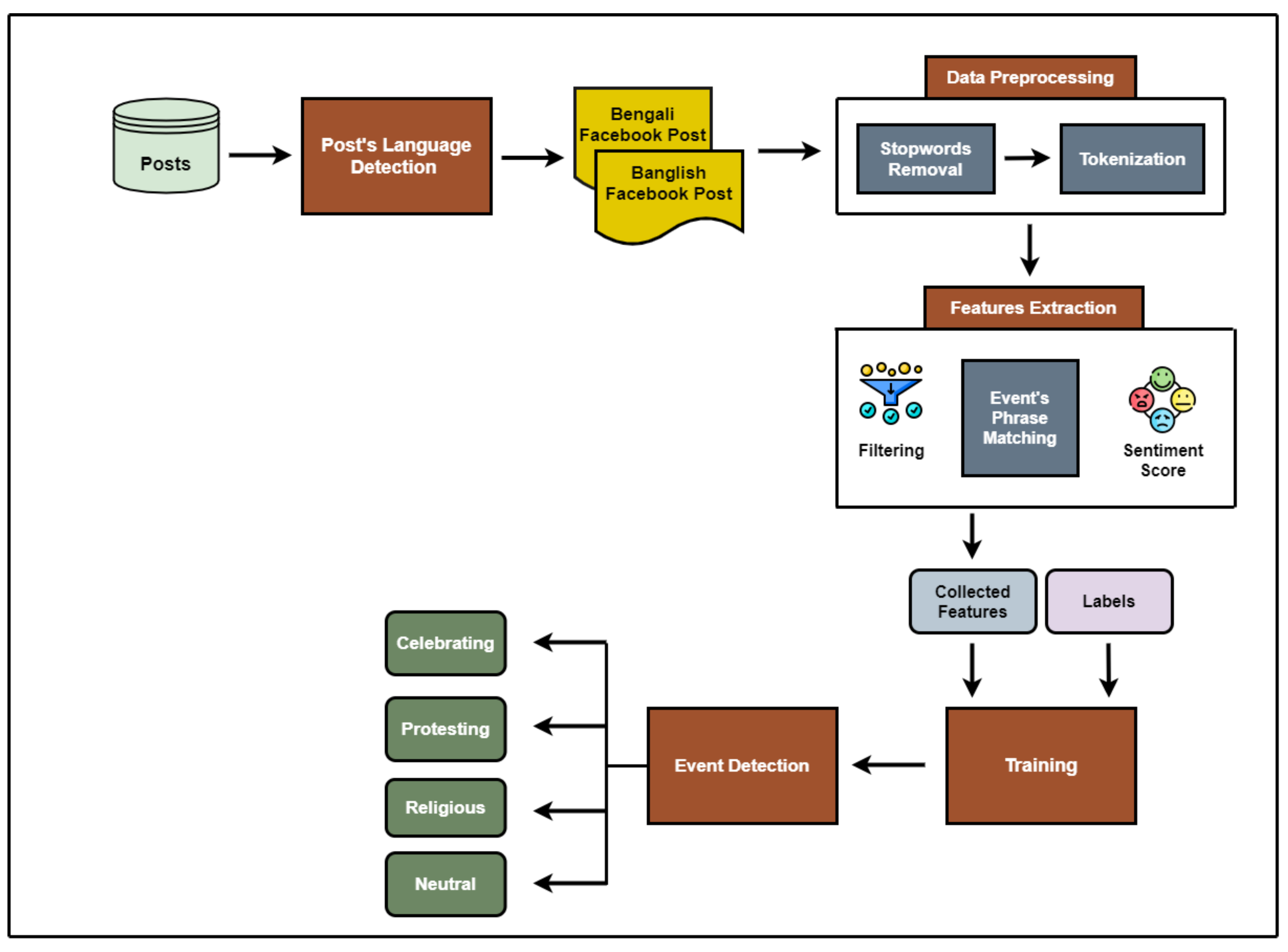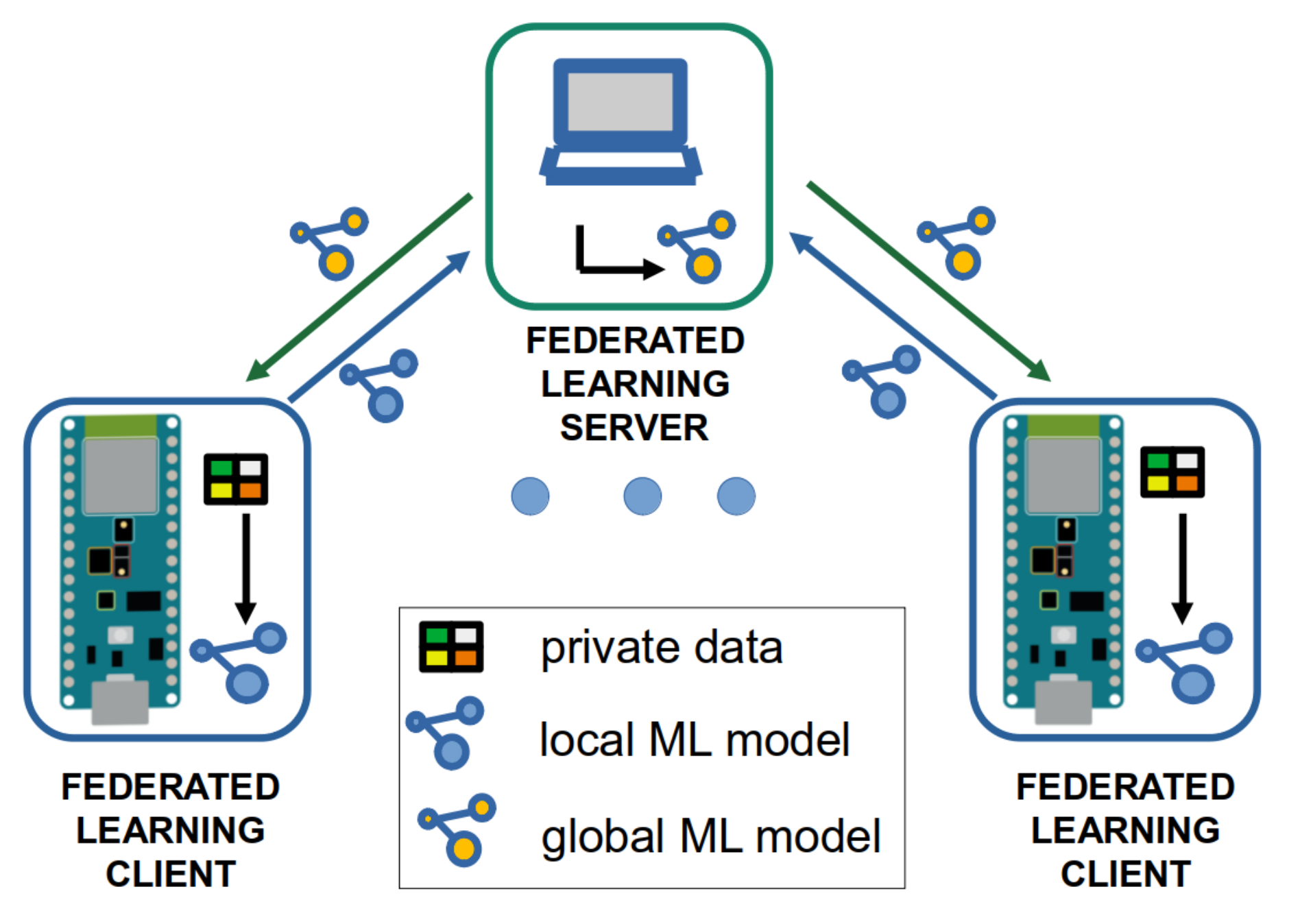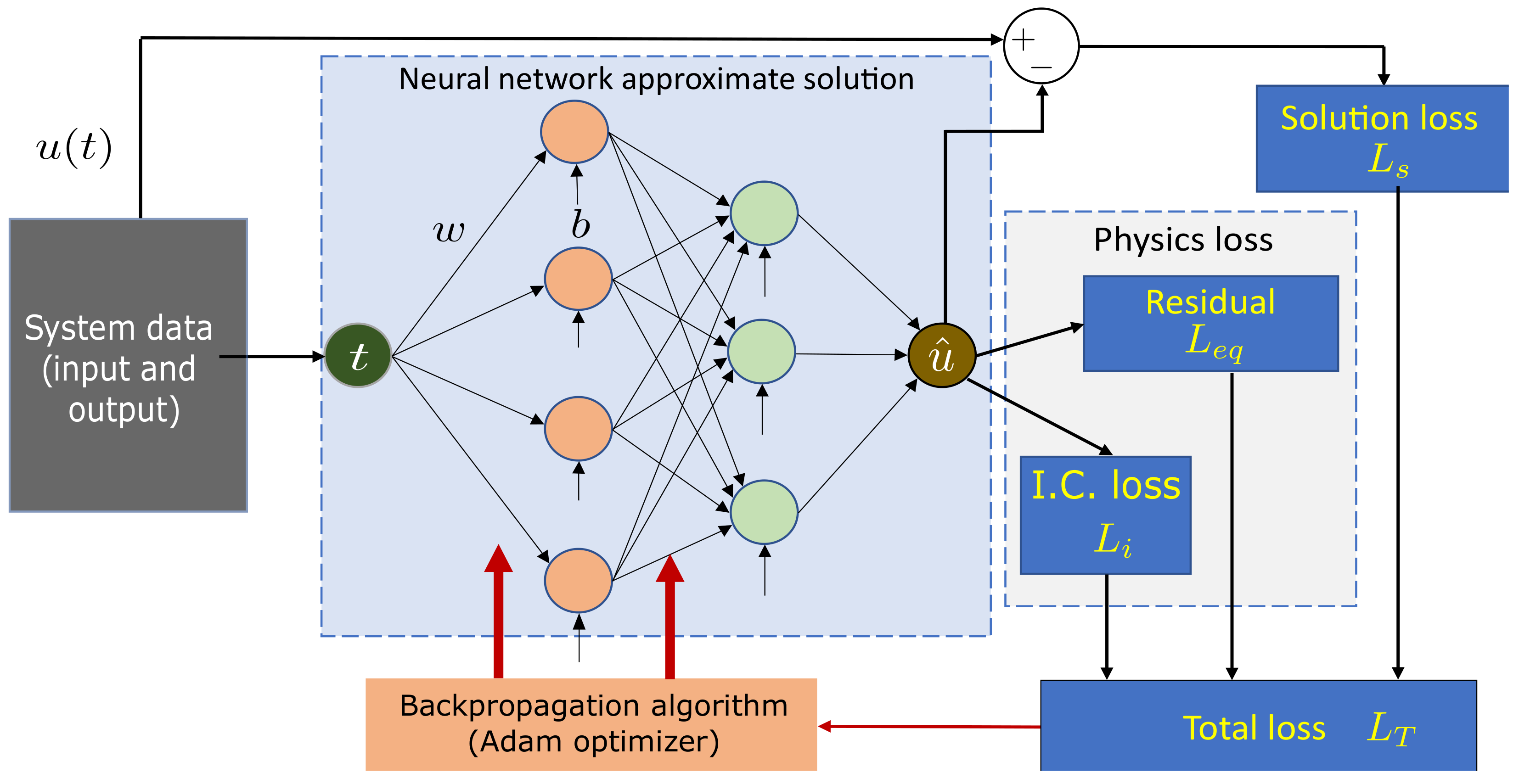Using Machine Learning to Detect Events Circuit Diagram electronics,' 'machine learning,' 'artificial intelligence,' 'optimization,' and 'data quality'. 3. ML in Power Electronics . The practice of applying data-driven algorithms to enhance the operation and performance of electrical systems is known as machine learning. In this section, we'll examine

Big data, machine learning (ML) and artificial intelligence (AI) applications are revolutionizing the models, methods and practices of electrical and computer engineering. Doboli's group has been working on automating creativity and open-problem solving in electronic circuit and system design. These topics are important as automatically In the case of the query "machine learning and electronics", the first zone includes 49 sources, mainly journals and conference proceedings, as the number of all sources is 821. The curve, which 08. Control System Using Machine Learning. Control systems are commonly used in industries, where machine learning can help industries to control devices very efficiently without any fault or damage to the system. This was about "Machine Learning Applications In Electrical Engineering". I hope this article may help you all a lot. Thank you

Machine Learning Applications in Electronic Design Automation Circuit Diagram
Serves as a single-source reference to key machine learning (ML) applications and methods in digital; Covers classical ML methods, as well as deep learning models such as convolutional neural networks (CNNs) Discusses machine learning ML's applications in electronic design automation (EDA), especially in the design Basics of Machine Learning. At first glance, machine learning could appear like an overly complex way to understand data, but it offers a way to automate system operations that might otherwise go unnoticed. Fundamentally, an algorithm is provided to machine learning, which describes the data it deems significant and how to extract it from the

2.2 Machine Learning Machine learning is a class of algorithms that automatically extract information from datasets or prior knowledge. Such a data-driven approach is a supplement to analytical models that are widely used in the EDA domain. In general, ML-based solutions can be categorized according to their learning paradigms: supervised Machine learning and electrical engineering professionals leverage AI to build and optimize systems and also provide AI technology with new data inputs for interpretation. For example, engineers build systems of connected sensors and cameras that ensure that an autonomous vehicle's AI can "see" the environment. They must also ensure that
